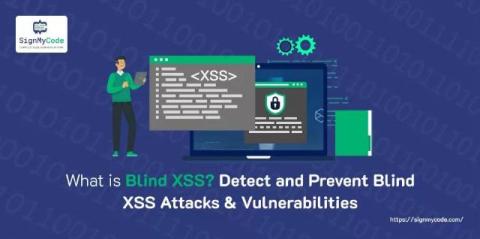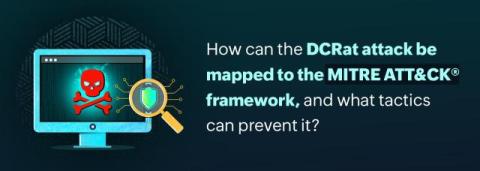How to Detect and Prevent Session Hijacking
Imagine leaving your car key at a public place, only to drop your keys when exiting the vehicle. Someone picks them up and drives away. They speed through a school zone and are caught on camera. Later, the car is used in a robbery. Now, you’re not only missing your car but also wrongly implicated in criminal activities.











